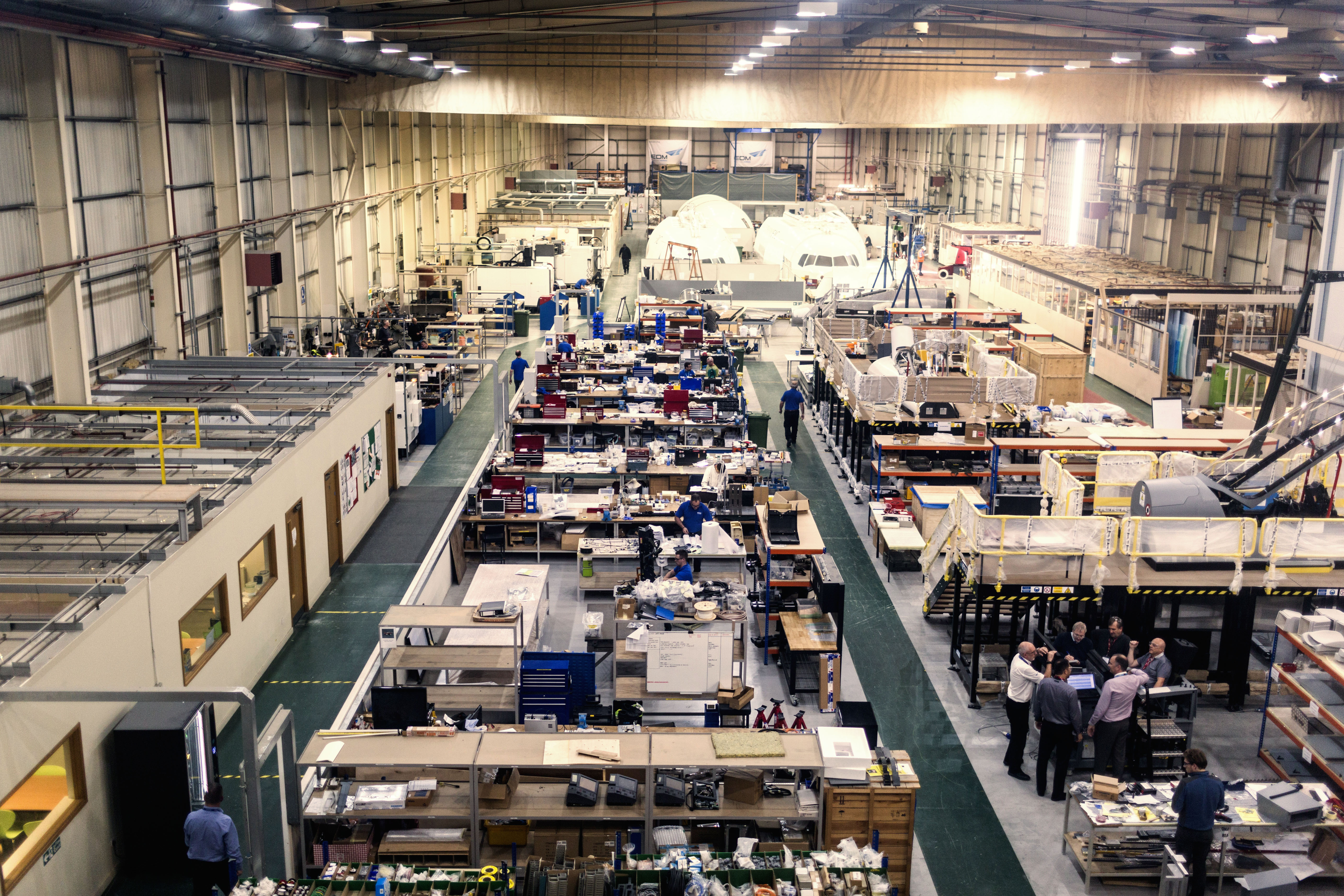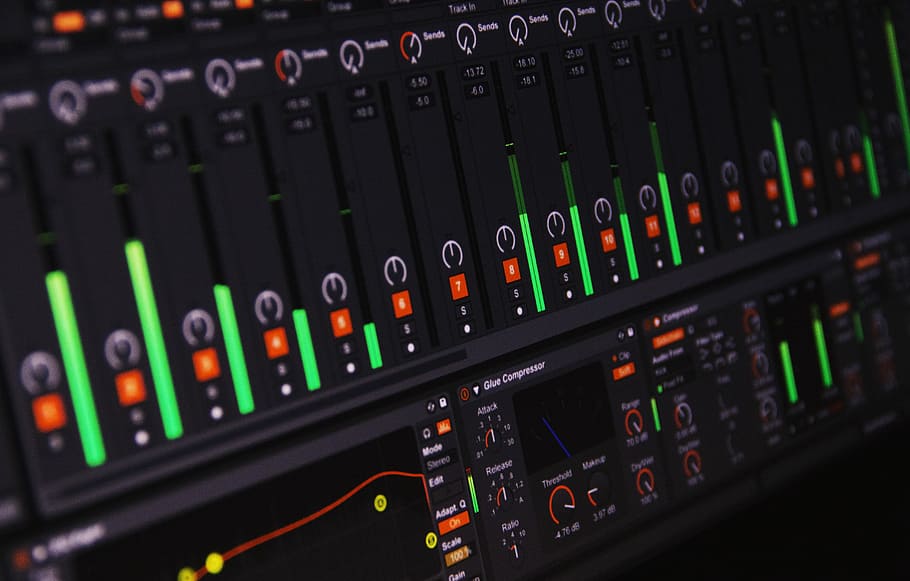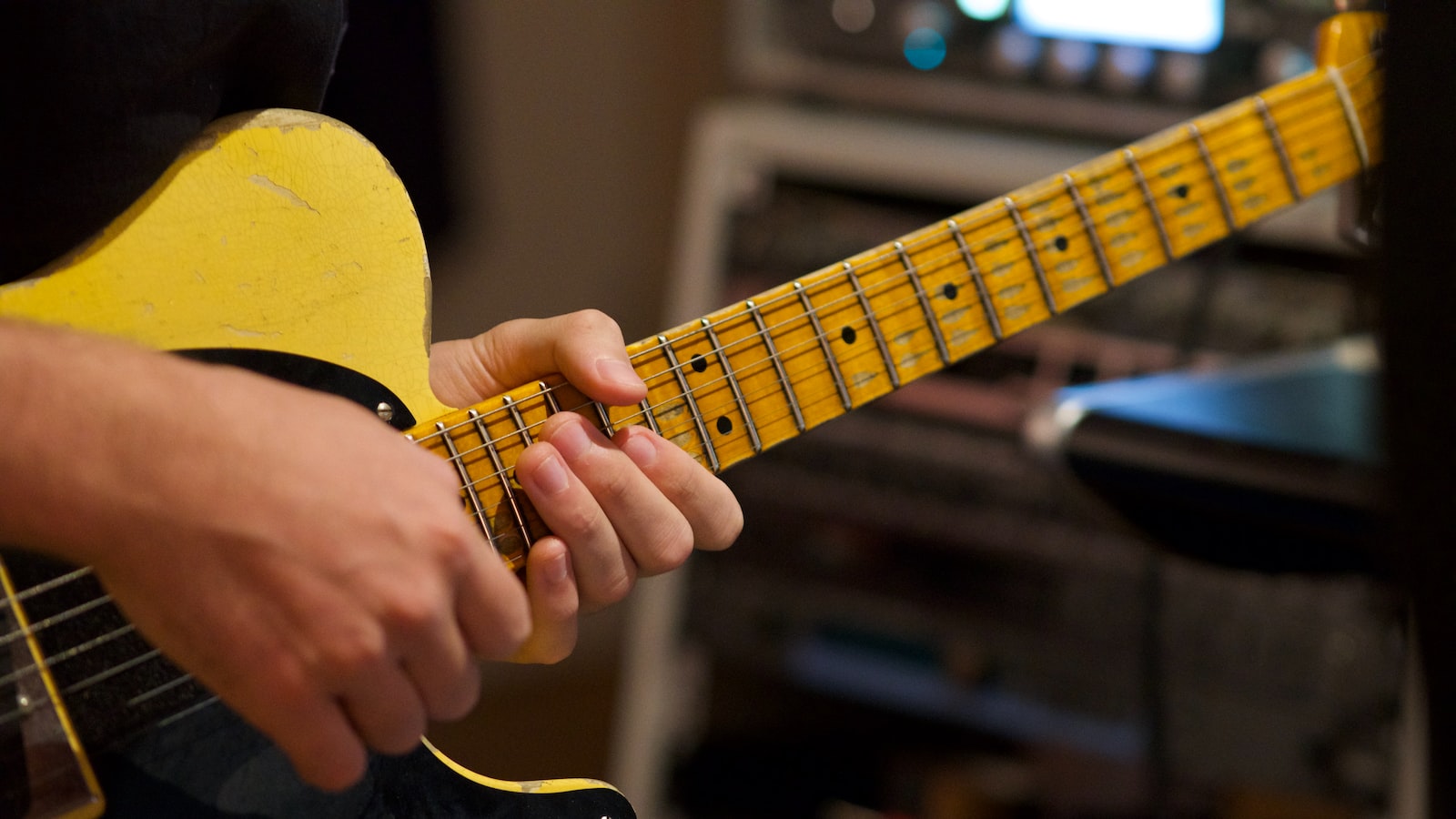Have you ever been curious about what actually happens behind the scenes in a major music production studio? This article will take you on a fascinating journey, from the first notes of inspiration to the sound that comes out of the speakers. We will explore all of the processes, technology, and people involved that shape our favorite music into masterpieces. So grab your headphones and buckle up – this is a peek inside the world of major music production studios!
1. Understanding the Major Music Production Studio Environment
A successful production session in a major music studio requires you to understand the environment inside and out. Every studio has its unique layout and various systems that aid in producing the perfect music track. Here are some of the major components found inside major music production studios:
- Mixing Consoles: At the heart of every production studio sits a mixing board. These powerful consoles allow producers to route and eq different tracks for mixing and mastering. Many consoles also offer onboard compression, reverb, and other sound shaping tools.
- Recording Devices: A recording studio must be equipped with several digital and analog recording devices to capture a variety of audio sources. Digital recorders, such as MDMs, allow producers to store and manipulate audio files. Analog recorders, such as reel-to-reel machines, are preferred for capturing audio sources through complex signal chains.
- Live Room: For larger productions, a live room is essential for recording everything from drums to vocals. Some studios have multiple sized live rooms to accommodate different sound sources. Live rooms are typically equipped with walls padded with acoustic foam or other sound-dampening materials.
- Outboard Gear: Outboard gear is an essential component of any major music production studio. These pieces of gear provide producers with access to sonic effects that aren’t necessarily available on mixing boards. Common pieces of outboard gear include compressors, delay processors, and EQs.
Producers in major music studios must understand exactly how their studio is set up and how each piece of equipment can be used to achieve desired results. By familiarizing themselves with their environment and the tools available, producers can unlock their full potential, leading to greater levels of creativity and more successful production outcomes.

2. Examining Production Resources and Technologies
can help to ensure the success of any business. Enterprises need to stay up-to-date with the latest technologies, and they must be able to identify the right resources needed for specific stages of the production process. Here are some important factors to consider:
- Production machines: Different machines and systems are essential for different stages of production. Companies must identify which pieces of equipment they need to purchase to streamline the process.
- Workforce: Having skilled personnel to handle the machines and other production-related tasks is essential. Companies must choose the right number of staff who can effectively operate their machines.
Besides this, businesses should also consider where to source materials from, what type of quality assurance processes to use, and how to ensure that all processes are properly documented and tracked. By doing so, they can ensure future success and reduce the chances of problems occurring during the production process.
3. Exploring Key Factors in Music Production Quality
When it comes to music production quality, there are a few key factors that can help you create stunningly rich tracks. Sure, technical skills are necessary, but it’s also essential to understand the importance of such elements as arrangement, mixing, sound design, acoustics, and mastering.
The way you arrange your music is the base for any track. It’s a process that helps determine the overall structure of your music, as well as providing the foundation for further production. Arrangement comprises of how you form the different sections and transitions of your track, and what sonic elements you include in each section. Once you have a cohesive arrangement, it’s time to go into the mixing stage.
Mixing is where you fine tune the sound of each instrument, specify its dynamics, and panning it around the stereo field. Here you start to adjust the levels and EQ of each element to create synergy between them. Good mixing can literally make or break the emotional power of your track.
Next come sound design which involves carefully crafting the sonic elements that make up your track. This is done through the use of synthesis, manipulating samples, and processing. It can involve creating custom sounds or sculpting existing sounds, as well as choosing the right instruments and effects to achieve your desired result.
- Acoustics: understanding the acoustics of the room you’re working in and how this affects the sound you’re producing.
- Mastering: the final step in the production process which involves EQing, compressing, limiting and general polishing for the full impact
Mastering is the final stage of the production process. It involves fine-tuning the sound’s dynamics and frequencies to create a professional, commercial-grade track. This means equalizing, compressing, limiting, and generally polishing to make sure that the track is crystal clear and ready for release.
These are the key elements that define a great quality track. While technical skill and creativity are both important, careful consideration of the elements mentioned here can ensure your track stands out from the rest.

4. Maximizing Your Music Production Studio Experience
isn’t something you can do overnight, there are a few simple steps you can take to create a great setup.
- Invest in the right editing software that fits the style and production you’re aiming for.
- Invest in soundproofing and the right hardware for your set up.
- Experiment with different mic techniques, and acoustic treatments.
- Learn the basics of audio engineering and mixing.
Understanding and utilizing the technology in your music production studio is key to making great sounding music. Take the time to get to know your gear, software, and plugins. Do a few test runs of different techniques until you find a workflow that works best for you. Don’t forget to research the best practices in sound engineering. All of this will help you create high-quality tracks that are ready for professional mixing.
Insights and Conclusions
Have you ever dreamed of being in the presence of your favorite artist, as they make the magic that you hear on the radio? It turns out that being behind the scenes of major music production studios is a truly special experience, and one that’s worth looking into. Where once only record execs could gain access to the world’s highest-profile artists, now even music fans can get a taste of what it takes to create a hit. With this peek under the curtain, may you find the inspiration you need to make your own music and create an unforgettable experience for your fans.

